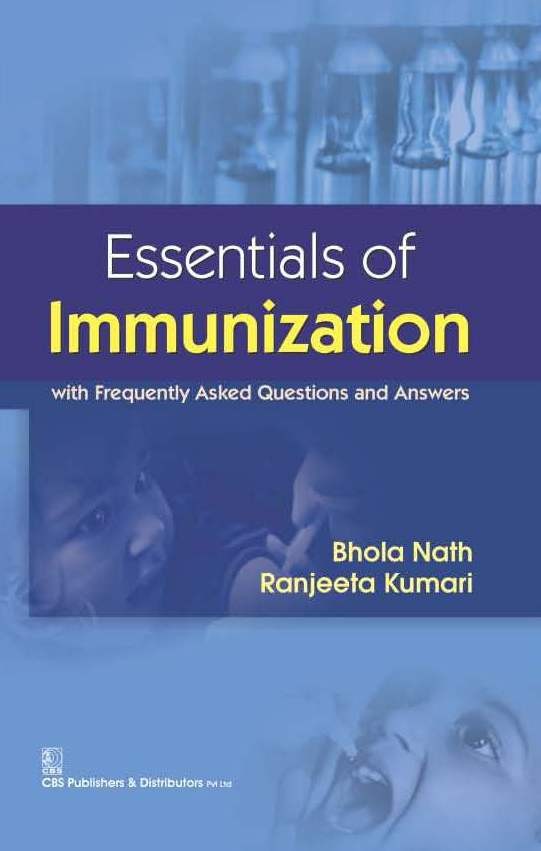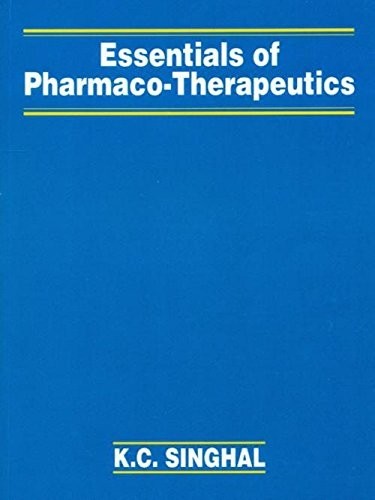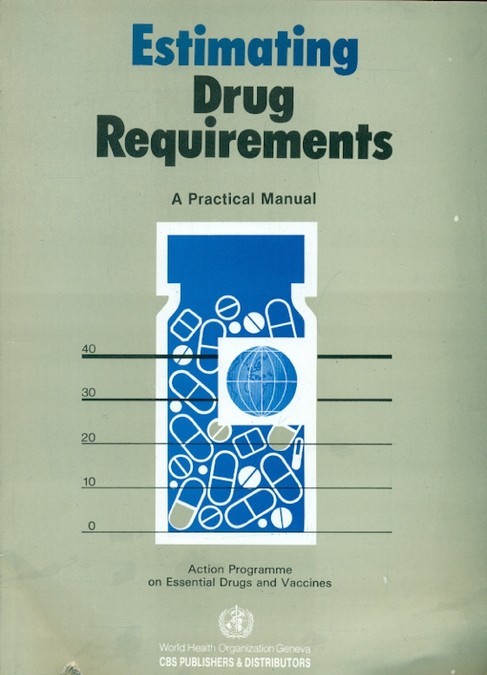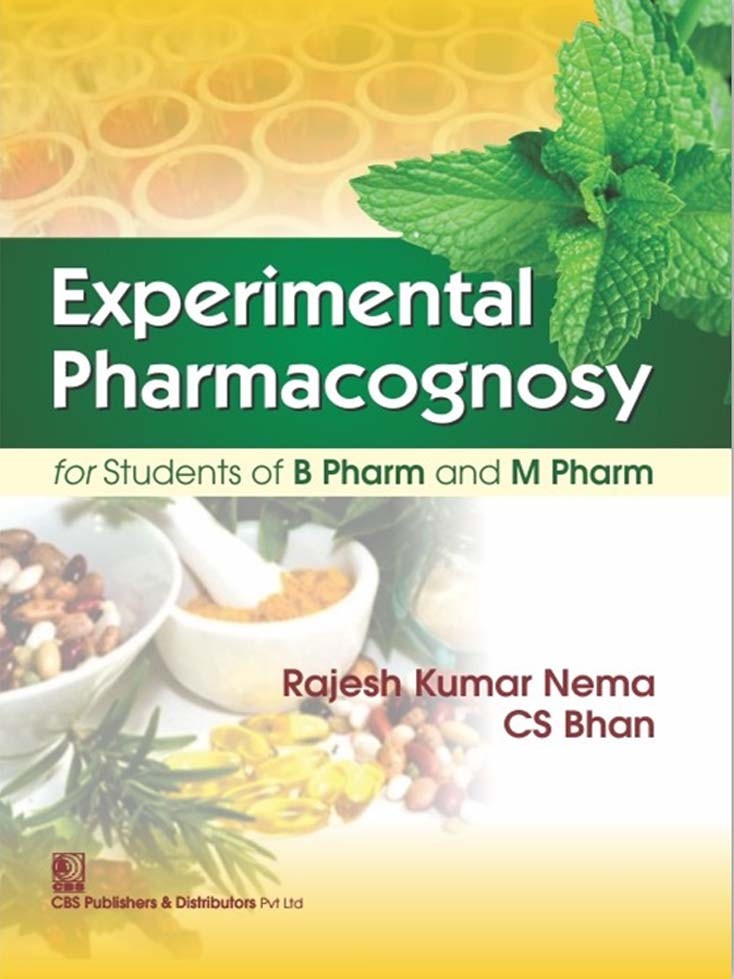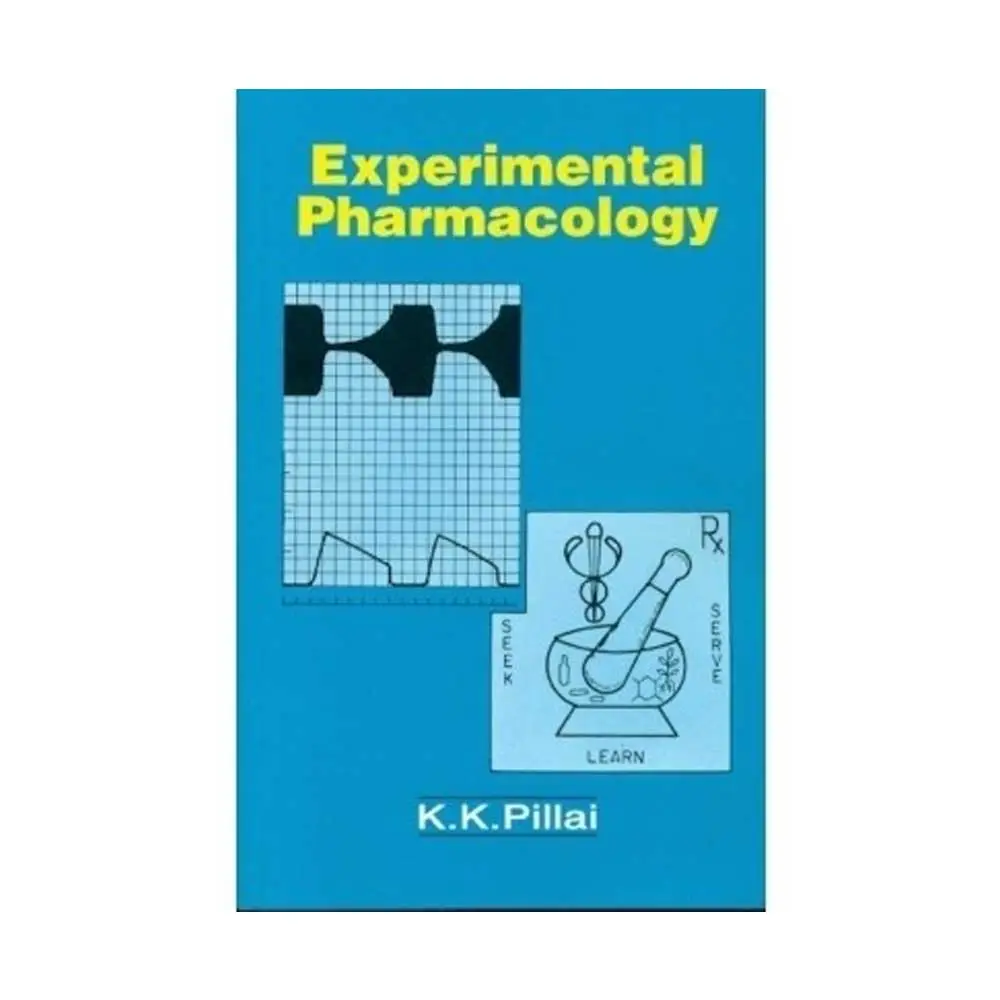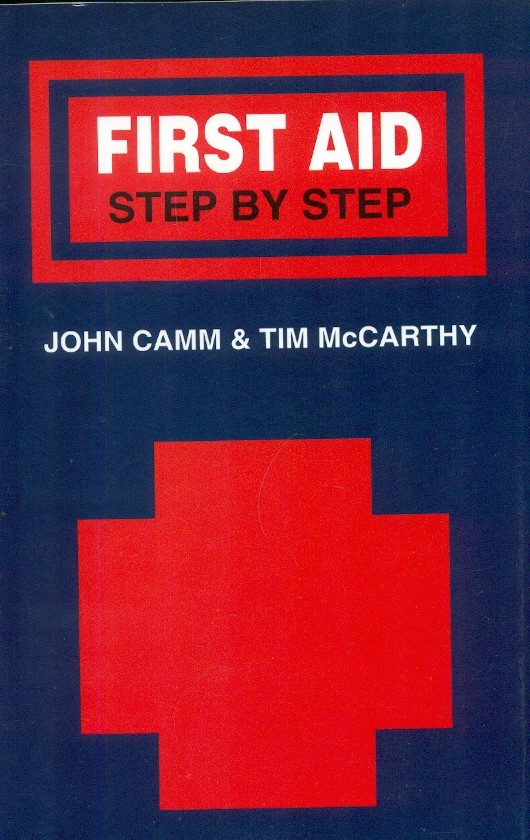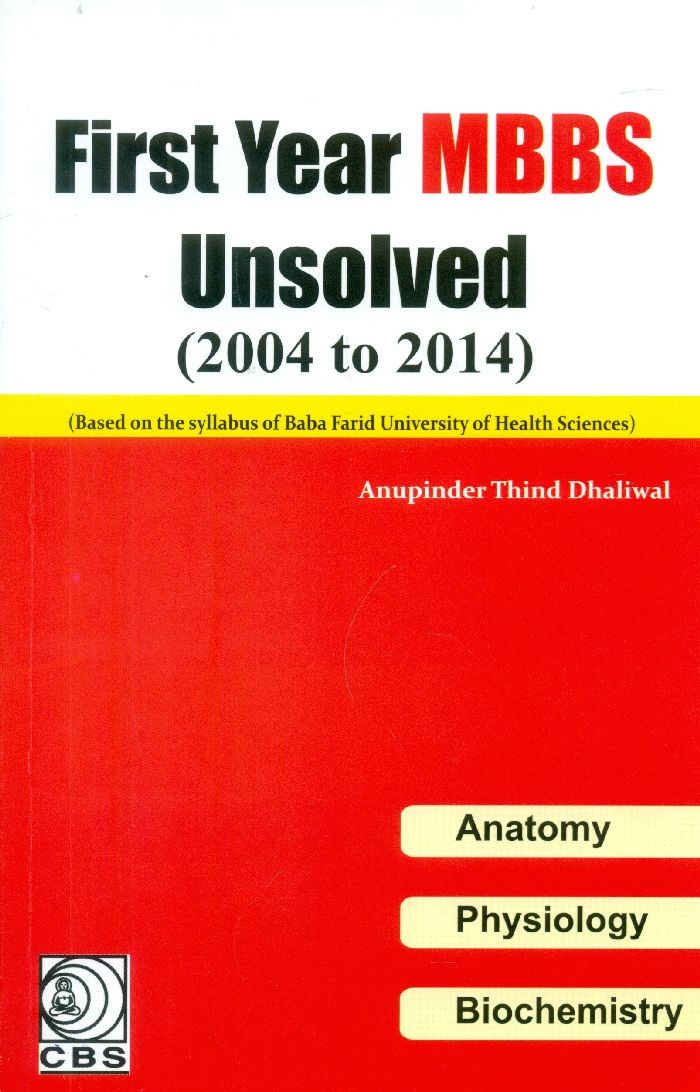Buy Medical Books Online | Medical Book Store in Delhi
Featured Products
Essentials Of Immunization (Pb 2016) With Frequently Asked Questions And Answers (Pb 2016)
₹242.00
M.R.P.:₹ 275.00
You Save: ₹33.00 (12.00% OFF)
Estimating Drug Requirements A Practical Manual (Pb 1993)
₹405.90
M.R.P.:₹ 495.00
You Save: ₹89.10 (18.00% OFF)
Experimental And Clinical Pharmacology With Special Topics (Pb 2021)
₹287.00
M.R.P.:₹ 350.00
You Save: ₹63.00 (18.00% OFF)
Experimental Pharmaceutical Chemistry For B Pharm And D Pharm Courses 4Ed (Pb 2023)
₹382.50
M.R.P.:₹ 450.00
You Save: ₹67.50 (15.00% OFF)
Experimental Pharmacognosy For Students Of B Pharm And M Pharm (Pb 2023)
₹308.10
M.R.P.:₹ 395.00
You Save: ₹86.90 (22.00% OFF)
First Year Mbbs Unsolved , Anatomy,Physiology, Biochemistry(2004 To 2014)
₹83.60
M.R.P.:₹ 95.00
You Save: ₹11.40 (12.00% OFF)


